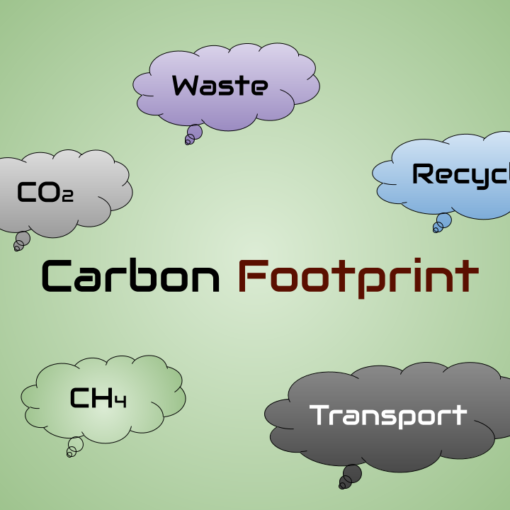Editable templates in AEM are a type of template that allows authors to edit the content of the template without having to modify the template code. This is done by using a combination of components and policies. Components are the building blocks of a template, and policies control how components can be used.
Difference between Editable Templates and Static Templates
Some of the major differences between editable templates and static templates:
- Editable templates can be created by non-developers. Static templates must be created by developers.
- Changes to editable templates are reflected in pages that are created from the template. Changes to static templates are not reflected in pages that are created from the template.
- Editable templates can be used to create pages with a dynamic structure. Static templates can only be used to create pages with a static structure.
- Editable templates are more flexible and can be used to create a wider variety of pages. Static templates are less flexible and can only be used to create a narrower variety of pages.
In general, editable templates are the preferred option for creating pages in AEM. They are more flexible and allow non-developers to create pages. Static templates should only be used when there is a specific need for a page with a static structure.
Here is a table that summarizes the key differences between editable templates and static templates:
| Feature | Editable Templates | Static Templates |
|---|---|---|
| Can be created by | Non-developers | Developers |
| Changes are reflected in pages | Yes | No |
| Can be used to create pages with | Dynamic structure | Static structure |
| More flexible | Yes | No |
| Preferred option | Yes | No |
How to Create
To create an editable template, you first need to create a configuration folder with the Editable Templates option enabled. You can then create a template type and add components to it. You can also create policies to control how components can be used.
Here are the brief steps involved in creating an editable template:
- Create a folder for the template. The folder can be located anywhere in the AEM content tree. It is recommended to create a separate folder for templates to keep them organized.
- Select a template type. The template type defines the structure and behavior of the template. A selection of template types is provided out of the box, such as a basic template, a blog template, and a landing page template. You can also create your own site-specific template types, if necessary.
- Configure the structure, content policies, initial content, and layout of the new template. The structure of the template defines the components and content that will be available in the template. The content policies define the permissions that users have to edit the template. The initial content defines the default content that will be created when a new page is created from the template. The layout of the template defines the appearance of the template.
- Save the template. Once you have configured the template, save it. The template will be created and will be available for use in AEM.
Here are some additional tips for creating editable templates:
- Use a template type that is appropriate for the type of page you are creating.
- Configure the structure of the template to include the components and content that you need.
- Set the content policies to control who can edit the template.
- Add initial content to the template to provide a starting point for users.
- Customize the layout of the template to match your branding requirements.
How to Edit
Once you have created an editable template, you can create pages from it. When you create a page, you will be able to edit the content of the components in the template. You will not be able to modify the template code.
How to Maintain
To maintain editable templates, you need to update the components and policies as needed. You can also create new template types and pages.
Benefits of Editable Templates in AEM
Here are some of the benefits of using editable templates in AEM:
- Increased author productivity: Authors can edit the content of templates without having to modify the template code. This can save time and improve productivity.
- Improved flexibility: Editable templates allow authors to create a wide variety of pages without having to modify the template code. This can improve flexibility and make it easier to meet the needs of different users.
- Reduced maintenance costs: Editable templates can help to reduce maintenance costs by making it easier to update templates and pages.
If you are looking for a way to improve author productivity, flexibility, and reduce maintenance costs, then you should consider using editable templates in AEM.
Further Readings
- https://experienceleague.adobe.com/docs/experience-manager-learn/sites/page-authoring/template-editor-feature-video-use.html?lang=en
- https://experienceleague.adobe.com/docs/experience-manager-65/developing/platform/templates/page-templates-editable.html?lang=en
- https://webfuse.in/tag/aem-concepts/
This post will also help you with AEM editable template interview questions. Have you used editable templates in AEM? How has been your experience so far? Feel free to share your thoughts on this topic in the comments section below 🙂



